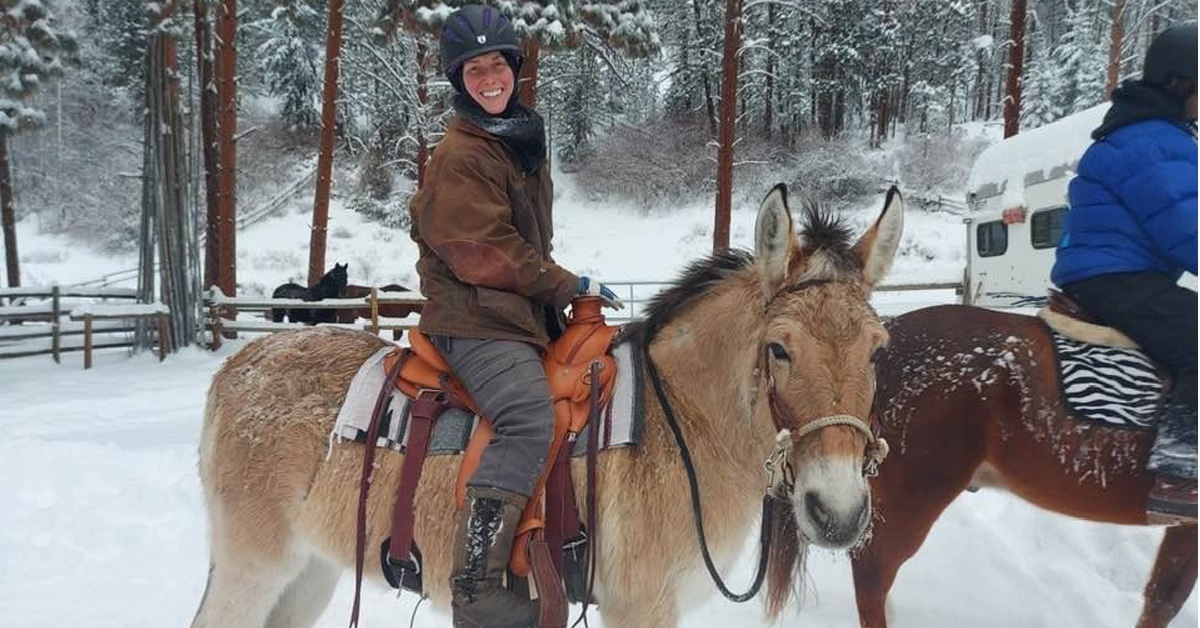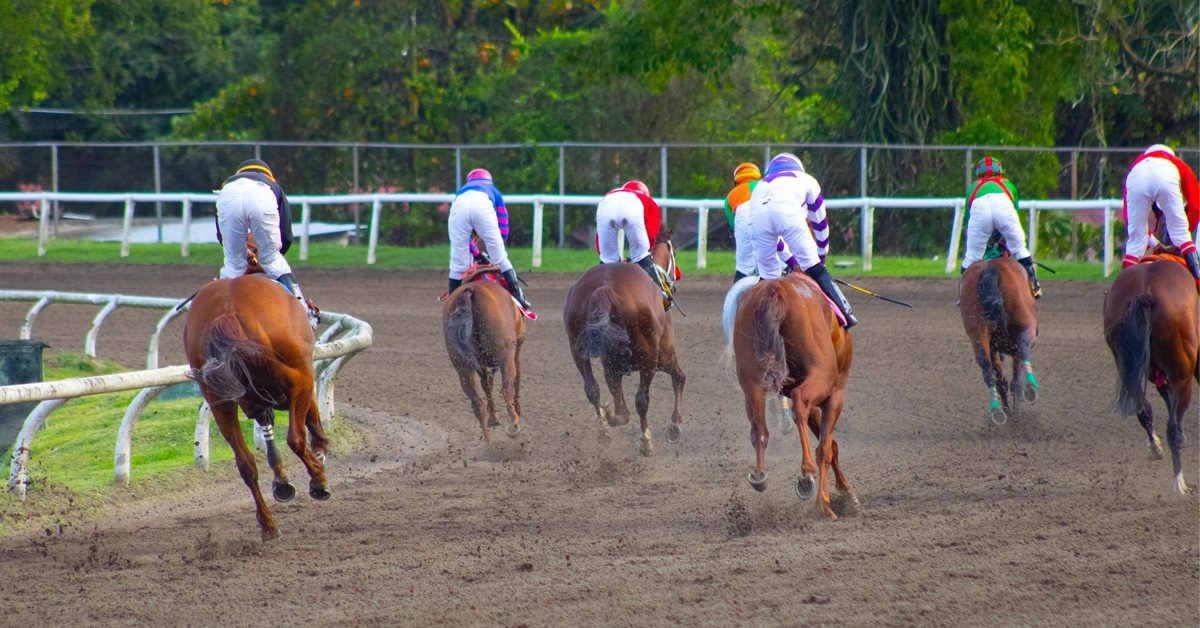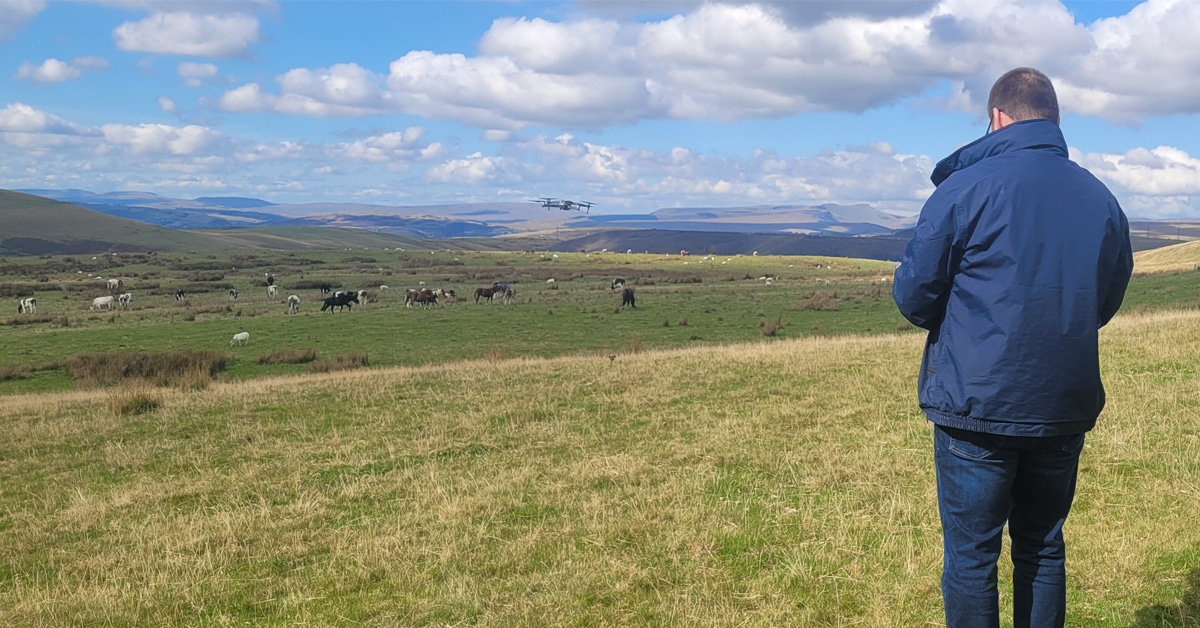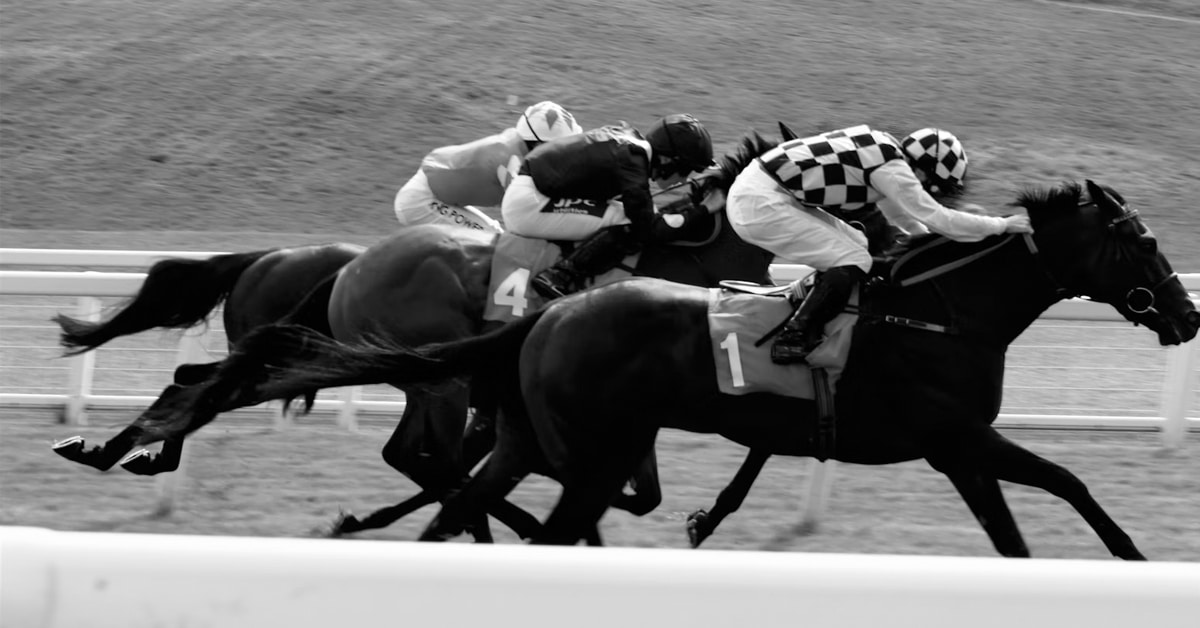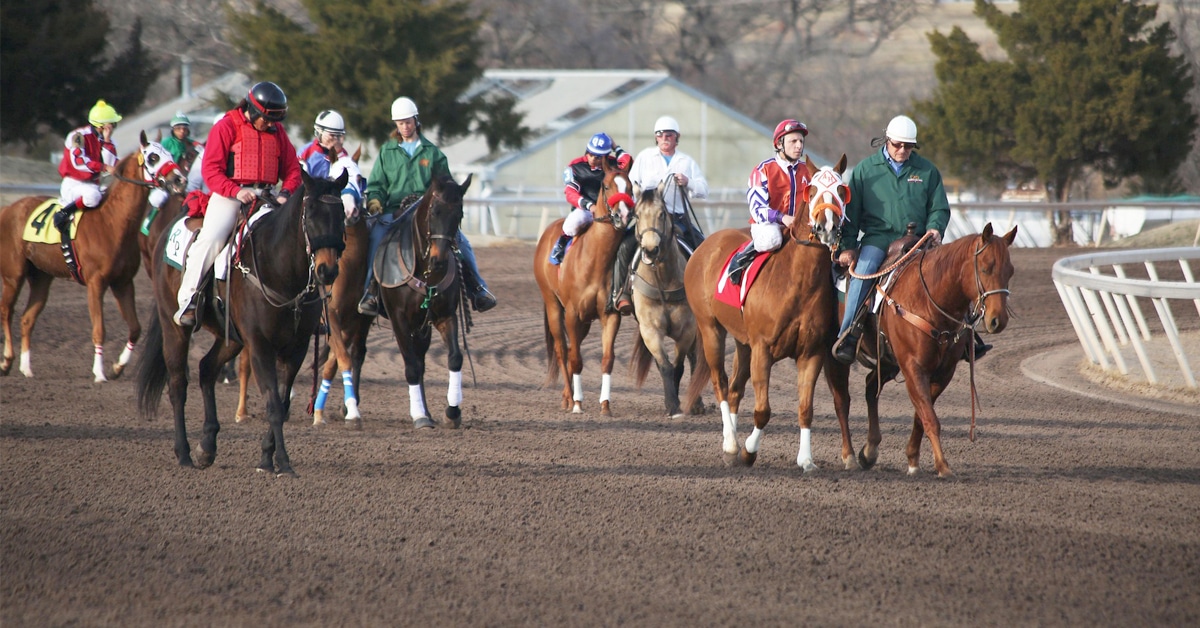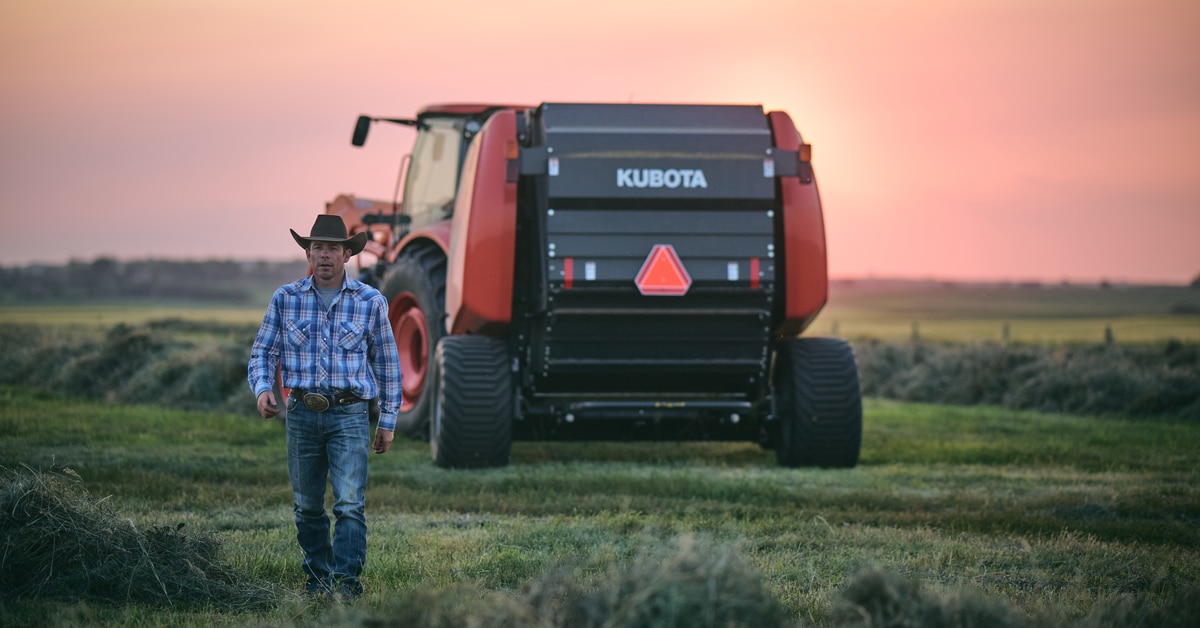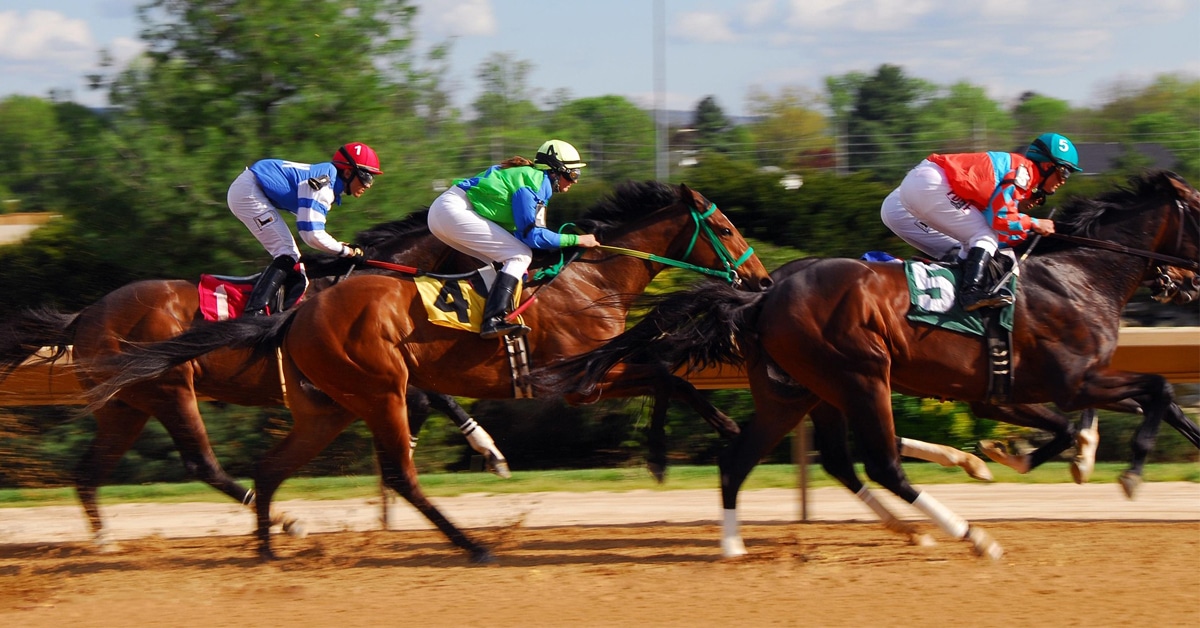Is your horse difficult to bend, especially on one side? On the forehand, high head carriage and stiff through the back? Does your horse show signs of resistance, tension, discomfort? Many horses do not move in a healthy manner, which can lead to issues, especially under saddle. Straightness training can help!
Straightness training by Marijke de Jong is a system of training that addresses natural asymmetry in horses. All horses by nature are asymmetric:
- Most horses bend more easily one way than the other
- Horses naturally carry more weight on the front legs than the hind legs – this works well in nature since horses spend most of their time grazing, but it can be problematic in the ridden horse and make them carry themselves “on the forehand” which can lead to excessive strain on the front legs and feet
- Horses may either lean in on the inside shoulder or out on the outside shoulder leading to undue strain
- Horses that carry themselves with a high head carriage do not stretch out over the topline and end up being very tight in the back. This can lead to a great deal of pain/discomfort for the horse
Straightness training utilizes a variety of groundwork exercises (and ridden exercises if desired) that help to correct these imbalances and create a more supple and willing horse. Ultimately, the horse becomes less one-sided, stretches through the topline, the core is strengthened, and the horse develops the strength and coordination to carry him or herself in a healthy manner.
As well, through these exercises, communication between the human and the horse is greatly improved, and the human/horse bond is developed and strengthened. Straightness training can be done with any type or age of horse and is suitable as preparation for any equine discipline. An added advantage is that these exercises can be done anywhere – an arena or riding ring is not necessary. Plus, they are easy to do in any weather conditions and are great for a brief exercise period when you are short on time.
Straightness training is performed utilizing a lunging cavesson (preferred, but a halter can be used) and a lead line. A dressage or driving whip is helpful for cueing the hind legs. The following gives the first three straightness training exercises that are the basics of this system.
The First Three Keys of Straightness Training
Lateral bend, forward down, stepping under (LFS):
- Lateral bend –performed at the standstill and in movement
- Forward down – forward down exercise at the standstill and continued throughout the exercises done in movement
- Stepping under – ensure that the inside hind leg is stepping under the center of mass of the horse
Plus: - Bending the inside hind leg – LFS on the straight line/shoulder-in
- Bending the outside hind leg – haunches-in
- Bending both hind legs – advanced, e.g. piaffe, levade
- Additional exercises: renvers, pirouette, half-pass
Once the basics are learned, they can be continued on the lunge line, work with 2 reins used with the cavesson, and then ridden work if desired. Straightness Training is also done at liberty, which is a great way to increase the human/horse bond and is a lot of fun!
Introducing the first three exercises:
1) Forward down:
Forward down is started at the standstill. With light pressure on the front of the cavesson, the horse is asked to lower the head. As soon as the horse yields, release the pressure and wait for the horse to search downwards with the nose. The nose should be vertical to the ground – behind the vertical and ahead of the vertical do not have gymnastic value for the horse. If the horse is leaning too much on the front end, ask the horse to shift the weight backwards by either light nose pressure or by pressing gently on the horse’s chest.
Points to note:
- Ask, yield, give, search
- Strive to have the nose vertical to the ground
- Square, at least in the front
- Weight shifted back towards hindquarters
- The head only needs to lower to the point where the muscles on the underside of the neck loosen/relax

Horse in forward down at the standstill.
2) Lateral bend:
Once the horse is in forward down, ask for a light bend to each side (see opening image at top of article). Keep in mind the following points:
- Soft ask, release when the horse yields
- Do not allow the head to tip – the ears should be level
- Do not overbend
- Feet should not move, do not allow horse to turn – the yield is the head and neck only
3) Circle – forward down, lateral bend, stepping under:
Once you and the horse have the idea of forward down and lateral bend, the next step is to move into working on a circle. Ask the horse to move forward and encourage the head in the downward position, lateral bend to the inside, and watch that the inside hind leg is stepping under the center of the horse’s body. This will ensure that the horse is balanced, is carrying him or herself in a healthy manner, and will allow the horse to get the most gymnastic value from the exercise. If the horse is pushing into you, a gentle touch on the girth area or shoulder should help to correct this problem. Typically, the horse will fall in on the “bad” side, but in time, the exercises will help to correct this.
Points to note:
- Soft ask, release when horse yields
- Do not pull the horse
- Do not overbend the head and neck
- Point your hips forward but at the same time watch the horse move – inside hind leg should be stepping under the body, as close to the middle of the body as possible (under the center of mass). Pointing the whip at the inside hind leg can help to encourage the horse to step under
- The horse should be laterally bent without falling in or out on either the inside or outside shoulder

Lateral bend, forward down, stepping under.

Lateral bend, forward down, stepping under.
Final Notes
All exercises are done for their gymnastic quality to improve the horse’s balance, strength and suppleness. They are done for the horse’s wellbeing, with a focus on lightness and comfort for the horse. If the horse resists, it is important to examine why this is happening, because the horse is trying to communicate. The horse will be guided out of his or her comfort zone for learning to occur but is not forced to do the exercises. The “ask” is important, and being aware of how the horse feels and creating a positive relationship between the human and the horse is essential.
Reward often with relaxation breaks or any type of positive reinforcement. Keep the sessions short, make sure that the horse is understanding what is being asked and has time to digest what he or she is learning, and bear in mind that the horse’s muscles need time to develop.
Above all, have fun!
***
Shelley Shopsowitz’s website on Intuitive Horse Training can be accessed here.
The Latest
